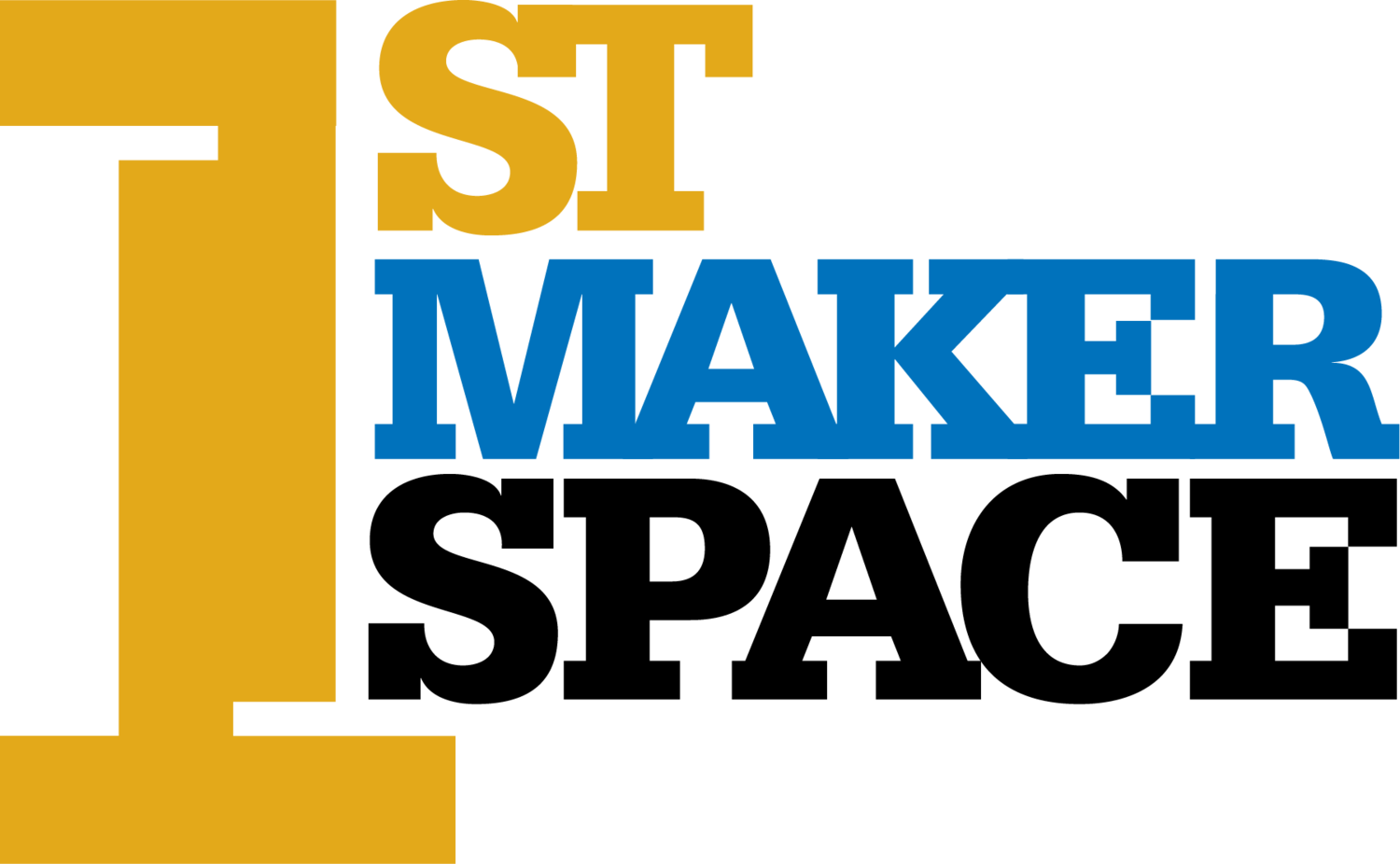Elements of a Good Maker Project
Once a school has a makerspace, the stage has been set for maker projects that range in both complexity and content. From making a paper circuit to laser cutting awards for an upcoming event, every good maker project has some elements in common.
1. Relevance – Student choice and voice are an essential part of the maker movement because students are inherently more interested in something connected to their own lives and personal experiences. Relevance can also be defined by its impact. How is what they are making going to impact the school, community, and classroom?
2. Intensity – Maker projects vary in complexity depending on the age and ability of the students. Beginning projects have step-by-step directions, meant to guide students in how to use tools and equipment and become familiar with the concept of making. Intermediate maker projects start with step-by-step directions and then have a creative element with defined criteria and constraints. Advanced maker projects have criteria and constraints but require students to problem-solve and come up with their own unique solution to a challenge. The level of intensity you choose for your maker projects will be defined by your students.
3. Community Connection – Service learning brings both relevance and community to makerspaces. How can students share what they are learning with the community? This question can help engage community partners and create a bigger vision for maker projects. Whether students are making paper circuit cards to share with the local nursing home or presenting their projects to a panel of professional engineers, there are many ways to engage and serve your community through making.
4. Cross-Curricular Applications – Making can take place in any content area. Maker projects can connect content to the real world by showing students how it relates to other things they are learning. Although many content areas are divided by classrooms and departments, students learn by connecting the dots between content areas. If you are a teacher attempting to bring other subject areas into a maker project, start small. Identify a connection with one other area and ask a fellow teacher for advice. You can build on that relationship to do a project together in the future!
Looking for ideas for maker projects? 1st Maker Space offers a curriculum at the elementary, middle, and high school level for $499 per building. Our lesson plans are aligned to the Indiana Academic Standards in a variety of content areas. Find more information and sample lesson plans on our website.
Thank you for all that you do to inspire students through #making.
Mary Rinehart
@MakerMary
@1stMakerSpace

